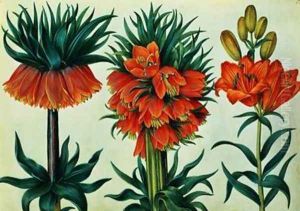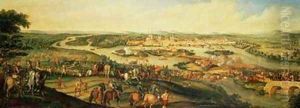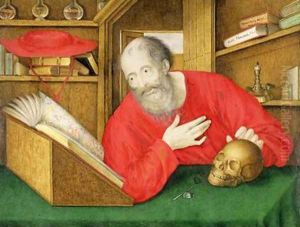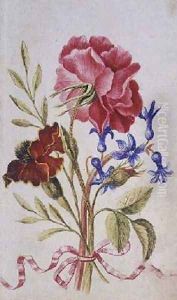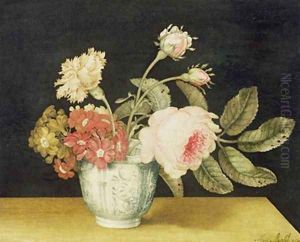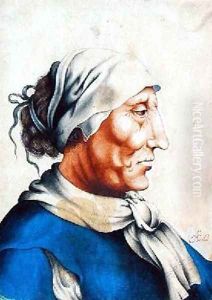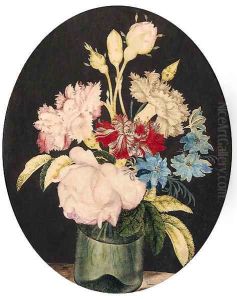Alexander Marshal Paintings
Alexander Marshal was an English naturalist and illustrator, renowned for his contribution to the field of botanical art during the 17th century, a period when interest in natural history was growing in England. Born around 1620, Marshal's early life and training are not well-documented, but he is known to have been active as an artist by the middle of the century.
Marshal's work was exceptional because he was one of the few artists of his time to draw from live specimens instead of relying on the renditions of other artists. This practice lent a unique accuracy and vitality to his depictions of plants and insects. He is often noted for his folio titled 'Florilegium', which he compiled over a period of many years. This work was not published during his lifetime, but it remains a significant artifact, demonstrating the diversity of plant species cultivated in English and Dutch gardens of the period.
Despite his talent and contribution to botanical illustration, Marshal was never as famous as some of his contemporaries. He worked primarily for private patrons and was not associated with any particular institution. This relative obscurity during his lifetime might be why details about his personal life and training remain scant. Marshal's work eventually received greater recognition as his illustrations were included in later publications, and his original 'Florilegium' was acquired by the Royal Collection of the British monarchy.
Alexander Marshal died in 1682, having spent much of his life documenting the flora and fauna of his era. His legacy is preserved in the detailed and vivid illustrations that continue to be appreciated for their artistic quality and scientific value. Marshal's contributions have offered insights into seventeenth-century horticulture, and his approach to botanical illustration set a precedent for the importance of accuracy and direct observation in the field.
